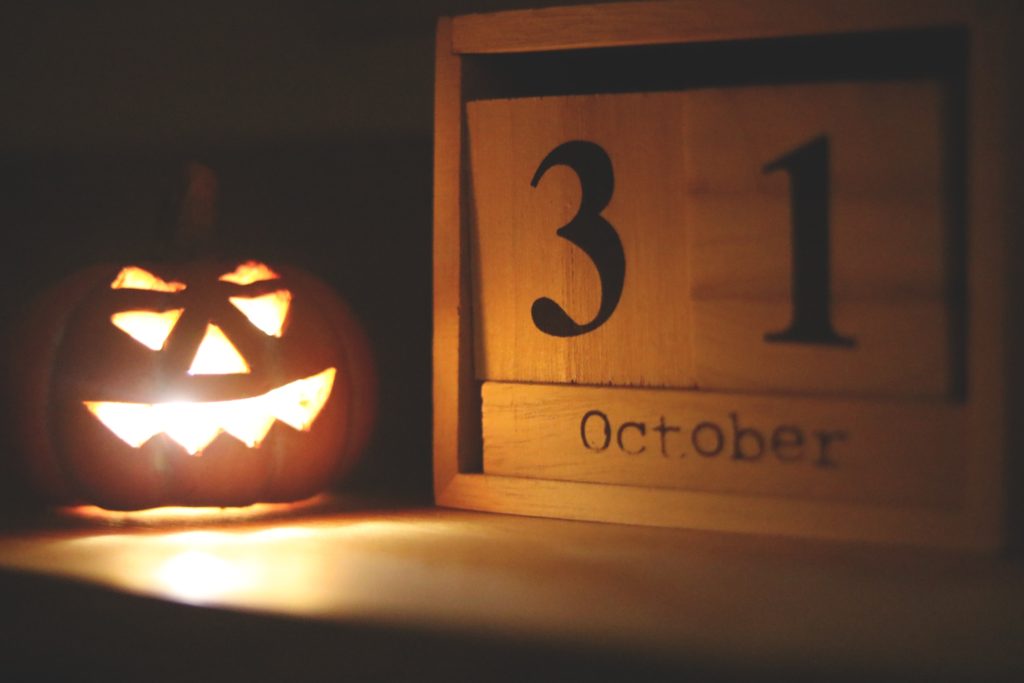
It’s a popular day across the world in the 21st Century, but did you know the origins of Halloween date back to over 2000 years ago?
It was originally a Celtic pagan festival known as Samhain (pronounced “sow-win”), which celebrated the end of the light (Summer) and the beginning of the dark (Winter) seasons in Ireland, as well as the end of the harvest season.
The 31st of October was also known to be when the veil between the human and spirit worlds was thinnest, allowing spirits to pass through into our world. The Celtics believed that dead souls would roam the streets on this night, So they dressed up in costumes and masks to ward off evil sprits, created bonfires and prayed for good crops for the upcoming year.
Many hundreds of years later In the Christian community, Pope Boniface IV created All Martyrs Day, observed on May 13th. Pope Gregory III later expanded the festival to include all saints as well as all martyrs, and moved the observance from May 13 to November 1.
Christianity gradually blended with the older Celtic rites. In 1000 A.D., the church made November 2 All Souls’ Day – a day to honour the dead, celebrated similarly to Samhain with bonfires and costumes.
All Saints Day (November 1st) was also known as All Hallows’ Day, and the night before it, the traditional night of Samhain in the Celtic religion (October 31st), called All-Hallows Eve which eventually became Halloween.
Pumpkin Carving was not a Halloween Tradition until the late 19th Century when Irish immigrants arrived in America and brought with them the tradition of carving turnips and placing a candle inside of them to ward off evil spirits. This was the foundation for the pumpkin carving we see today.

